The Harvard Method: How to turn your Anxiety into Excitement
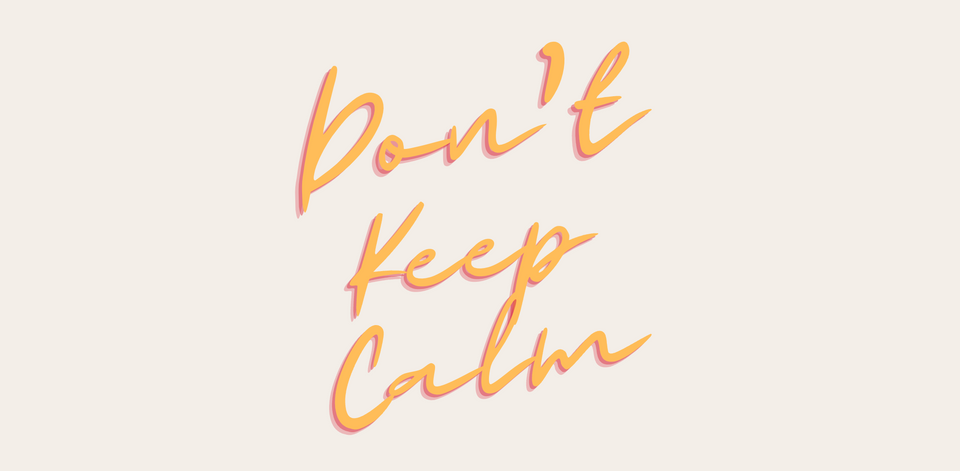
How does Anxiety feel for you? If you’re anything like me, it’s this: My heart beats quicker. I get a weird feeling in my stomach area. Maybe even a tiny bit of sweat. I can tell you quite vividly because, for the past two weeks, I’ve felt it every day.
Doesn’t feel great, does it? So, what do people tell you? “Calm down.”, probably. “It’s gonna be fine!”
Will it be fine though? When the outcome is uncertain, naively lying about certainty rarely calmed anyone down. When my heart beats out of my chest, the thought of “Calming down.” just seems out of reach. But there’s hope. Harvard Professor Alison Brooks offers some different advice: Don’t Calm Down. She’s even got the studies to back it up.
Huh? To understand, imagine yourself standing in the front row at your first concert after COVID again, moments before the main act enters the stage. The build-up has taken literal years - but sometime in the next minute, your favourite song will start. How do you feel? Possibly an elevated heart rate? Butterflies in your stomach and sweaty hands?
Doesn’t that sound familiar? This is excitement. In your mind, this moment probably couldn’t feel less like Anxiety. But physiologically, it’s hard to tell the difference. Why? Excitement and Anxiety are two sides of the same coin. So today, let’s understand how to flip that coin.
Coming up: The 3 Steps to Learn Emotion Regulation á la Harvard!
- 🗺️ Drawing the Emotional Landscape
- 🪙 Understanding the Coin
- 🔄 Flipping the Coin (How I applied this to Transform my Post-Grad Anxiety.)
🗺️ Drawing the Emotional Landscape
Making sense of all the different emotional states deserves a whole series, but today, let’s focus on the fundamentals. To understand where we stand, we need a map.
It looks like normal map - we’re just replacing North→South with High→Low Arousal and East→West with Negative→Positive Valence.
➕ High Arousal means you’re ready for action.
➖ Low Arousal means you’re relaxed
➕ Positive Valence means it feels good.
➖ Negative Valence means it feels bad.
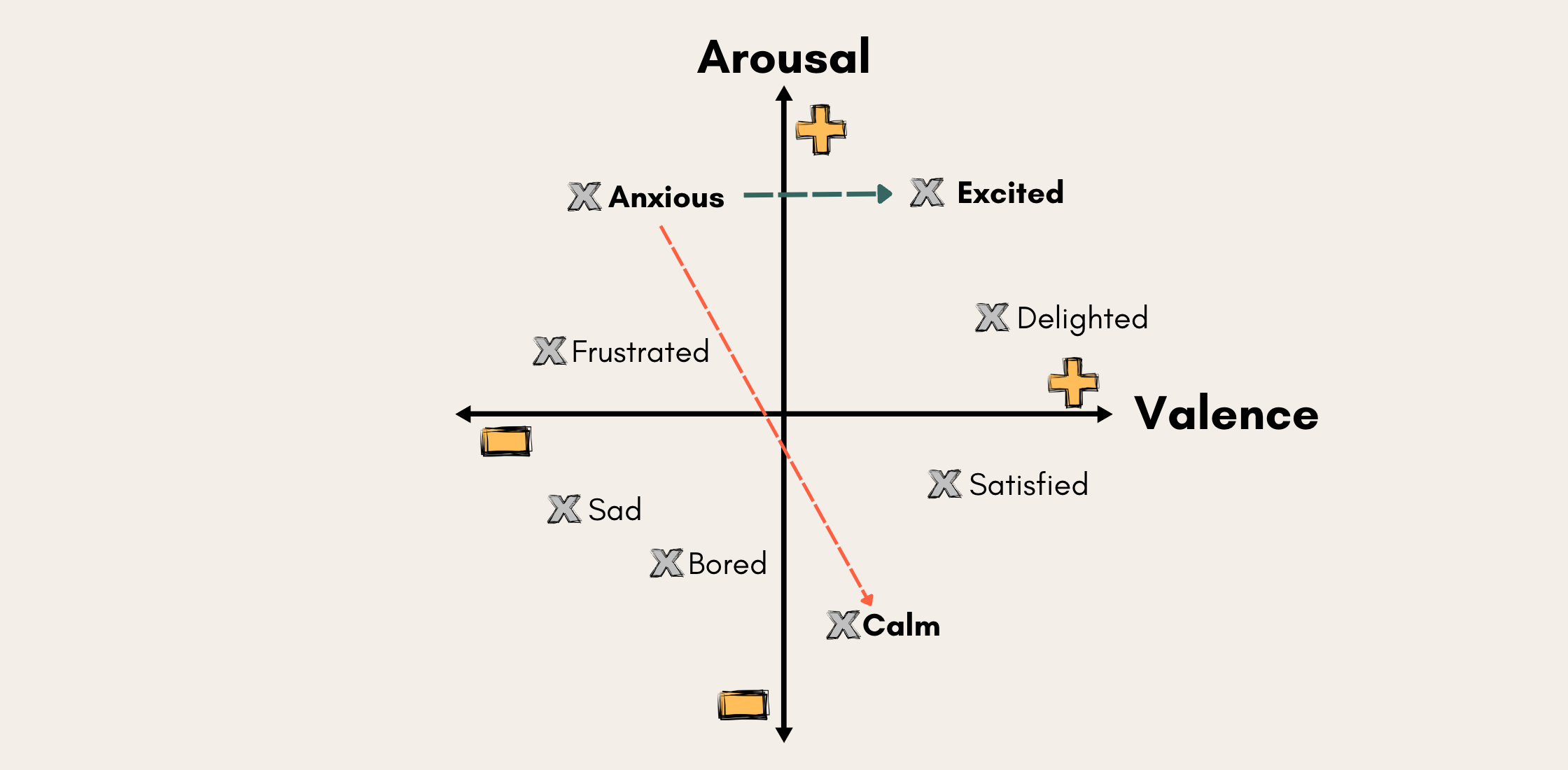
Have a look at "Anxious" and "Calm" on the map. Do you see now why “Keep Calm” is so hard to put into practice when you’re at peak anxiety? To make it work, you not only have to reframe the experience. You’d also have to completely flip your arousal - which, if you remember, is the automatic response. You don’t have conscious control over your heart rate or a feeling in your stomach. Telling yourself “I’m calm.” when your heart beats out of your chest lack is a pretty obvious lie. To come back to the map:
Anxious and Calm are like 🇩🇪 Germany and 🇦🇺 Australia: As far apart as possible.
Let’s compare this to Anxiety and Excitement. In both cases, the uncertainty of what comes next leads to high arousal - the nervous system is getting ready to respond. But from a Valence perspective, they’re very different. Both evaluate the same feeling of uncertainty, they just come to very different conclusions. One sees it as a Potential, one as a Problem. One feels joyful, one feels awful. In other words:
Anxious and Excited are like 🇩🇪 Germany and 🇪🇸 Spain: Not quite neighbours, but a quick plane ride and you’re there.
🪙 Understanding the Coin
Great map, I know. Still, it's Anxiety we're struggling with, not Geography. So let's come back to the real world. There you stand, in a world where you never really know what’s to come. Anxiety looks at this uncertainty and decides: “This is worst thing that ever happened to you”. Excitement looks at the same uncertainty and loves it with endless energy. Which one is right then?
That’s the thing: It’s uncertain. No one knows! Neither Anxiety nor Excitement represents the “objective truth”. Both are an interpretation of how your body feels at that point in time. So, if there’s no objective right or wrong, you’re free to choose, right? This is Brooks’ approach.
In different studies, she put participants in potentially anxiety-inducing situations (public speaking, Karaoke in front of strangers, math tests) and measured their performance. Throughout the experiments, she used minimal instructions (”Try to remain calm” vs. “Try to get excited”) or self-statements (”I am calm” vs. “I am excited”) to nudge participants into reframing their experience.
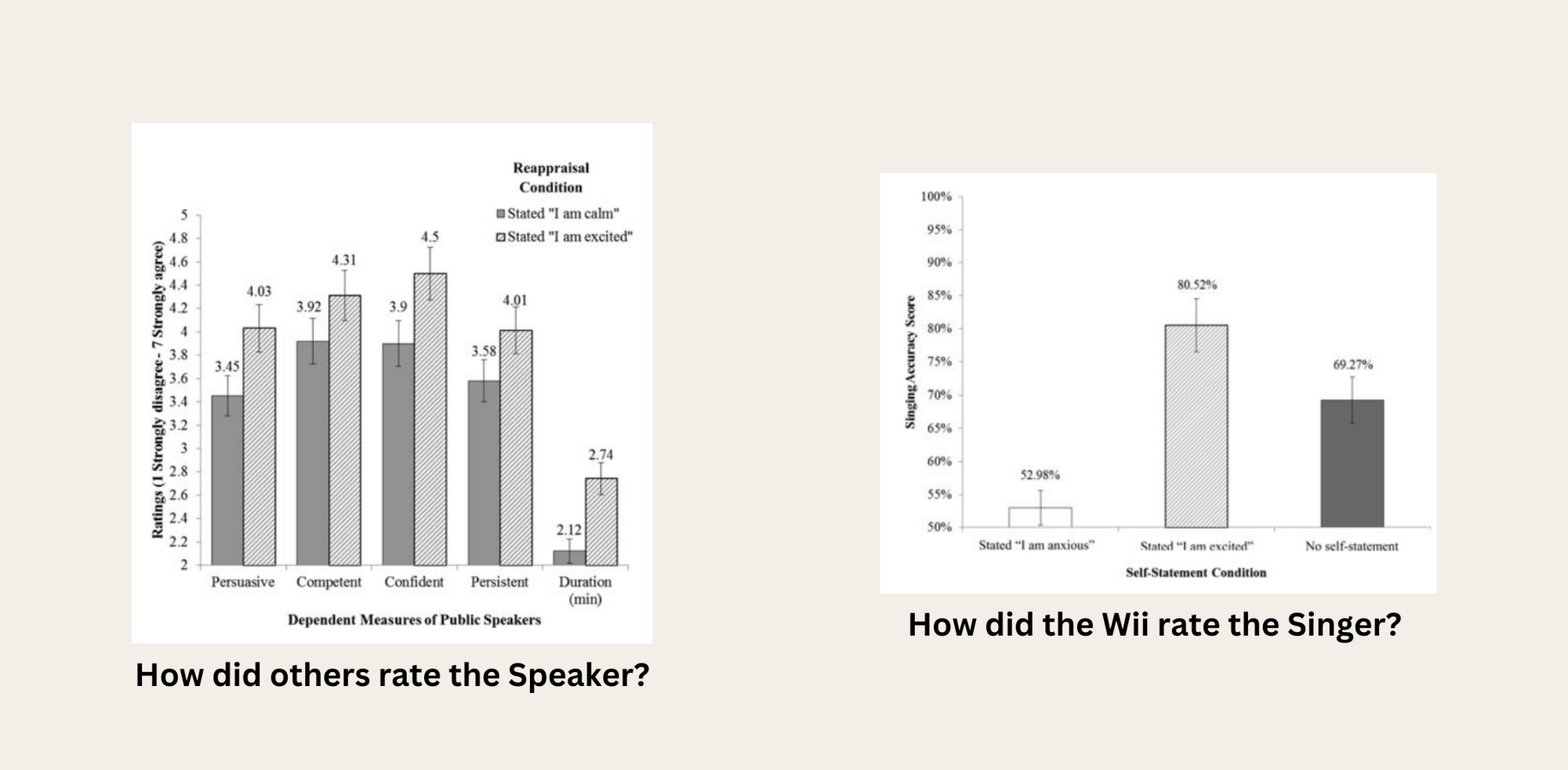
🔄 Flipping the Coin
Great study, I know. But how does this work in practice? Luckily, I’ve just gone through the process myself. You see, two weeks ago I landed in Australia with a backpack and nothing else. No flat, no job - just some packing cubes and an idea to stay on the Sunshine Coast.
In theory, the idea of figuring it out along the way had been really exciting.
In Australia, the reality of figuring out a) where I’ll sleep tonight, b) where I’ll sleep for the next few months and c) what the hell I’ll be doing with my life for the next few years at the same time was really quite anxiety-inducing.
Did I make a huge mistake? Can I really figure this out? What if I’d just moved to Berlin and gotten a secure job?
Wow - Uncertainty. Who could’ve seen that coming? But here’s the thing: I chose this. The fact that I’d have to figure stuff out on my own here is the whole reason I came back. I’m not experiencing some unpredictable worst-case scenario - I’m right where I planned to be: The Zone of Proximal Development.
Still, it didn’t really feel that way. Less “Let’s go!”, more stomach pain and overwhelm. So when I remembered Brooks’ study, I wanted a piece of the pie. Sadly, saying “I am excited” in the mirror seems a little odd to me. My solution: Just phrase it as a question.
When the funny feeling in my stomach returned, I simply asked myself: “What if this were Excitement?”. While it would be cool to say that instantly solved my anxiety - it didn’t. However, it allowed me to take a step back and investigate. In a state of curiosity, checking into the causes and conditions.
“Ah yeah, no clue where you’ll live - check. No job yet - check. Not sure about your trajectory for the next 5 years - check.”
From that perspective, it seemed perfectly reasonable for the nervous system to be alert. High Arousal seemed like the fitting state to be in. I’ve got a lot of figuring out to do, so I need the energy. “Calming down” wouldn’t solve a thing. Figuring stuff out would, though. So I got to work, using all that energy on action instead of fuelling the next spiral of worry. A few days later, I now have a flat with ocean views and a plan for my next year.
Was it always this simple? I just had to do the thing I came here for and I’d stop worrying if I can do the thing I came here for? Well, not that simple. The uncertainty was still there, as were the butterflies. The only thing that left was this debilitating feeling of overwhelm, that lack of control. In its place came the energy to make the first step.
Arousal is wonderfully fitting in a situation where you need to perform. No one likes a public speaker that’s about to fall asleep. No matter if you have to sing in front of strangers or figure out your life, Anxiety never feels great. That’s not its job. It’s there to make you alert. “There’s something coming up, get ready!” is what it’s trying to tell you. Sometimes, it just gets a little over-protective.
In those moments, remember its friendlier twin, Excitement. Recall how much they have in common. How they can both arise from the same situation. Then decide which one would be more helpful right now. Even if it takes talking to yourself in the mirror (🙃) - the evidence is there.
Don't let anxiety hold you back from experiencing the beauty of the unknown.

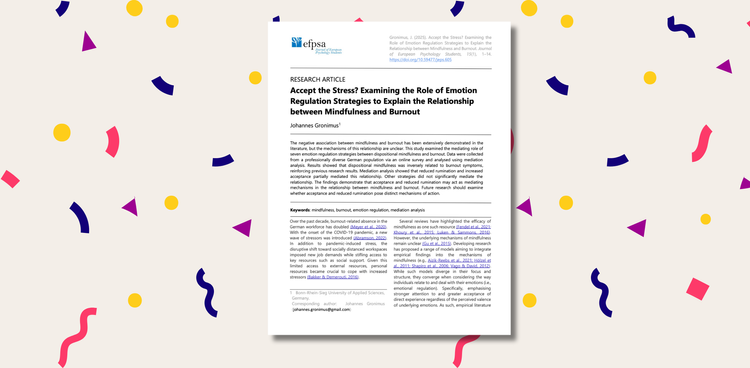
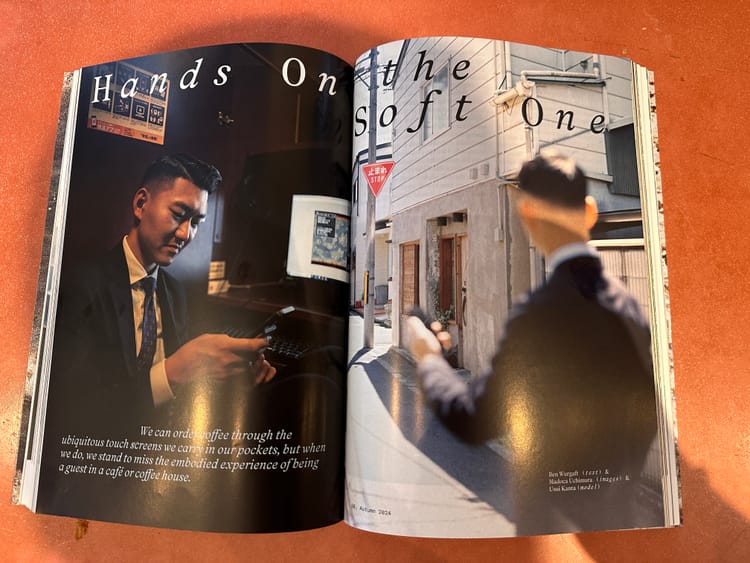
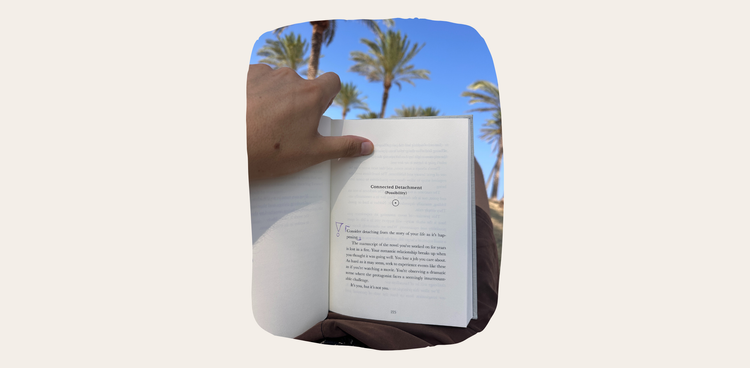
Comments ()